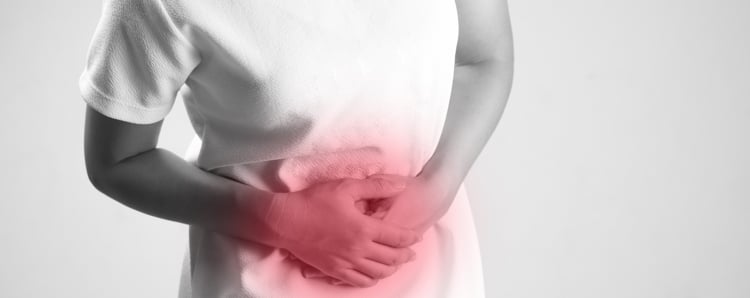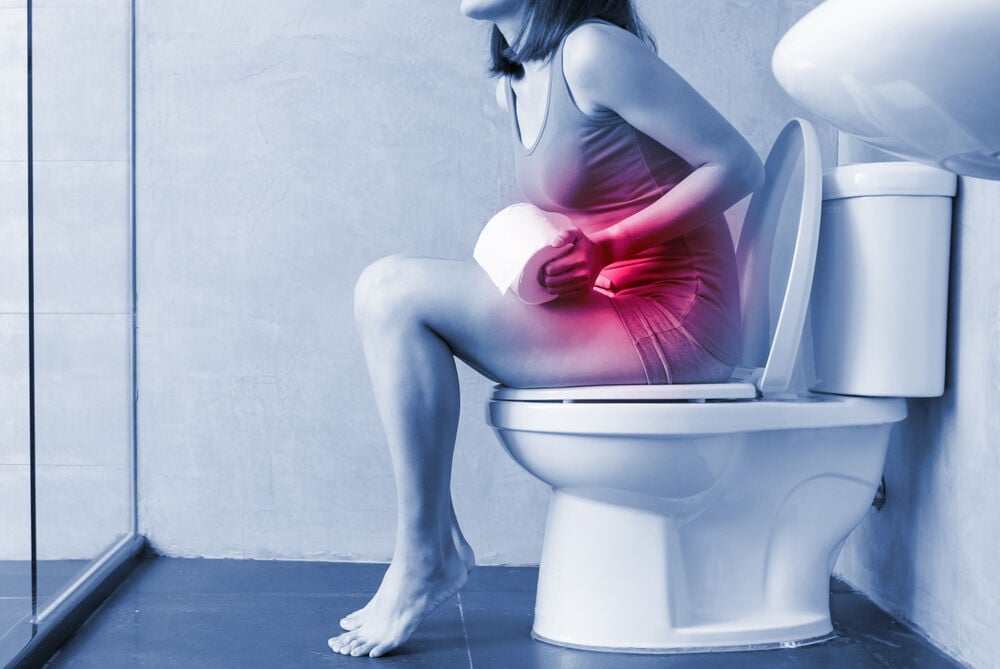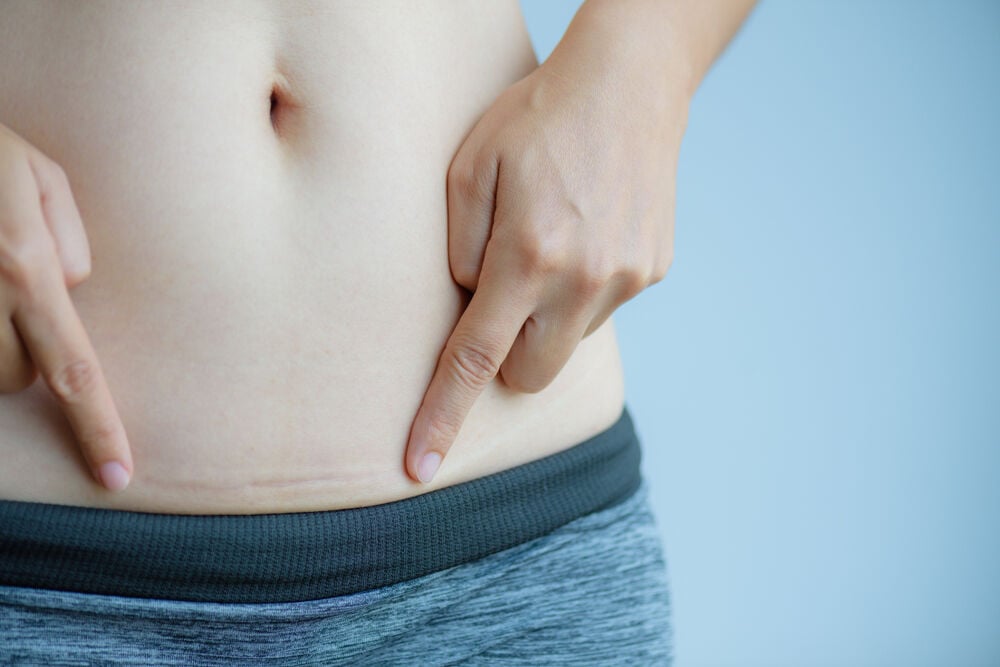Right after childbirth, you'll likely feel exhausted, but you are not expected to experience postpartum abdominal pain. The postpartum period refers to the first six weeks after giving birth. During this time, your body returns to its pre-pregnancy state.
Let’s look at some possible causes of postpartum abdominal pain and learn how to manage them.














